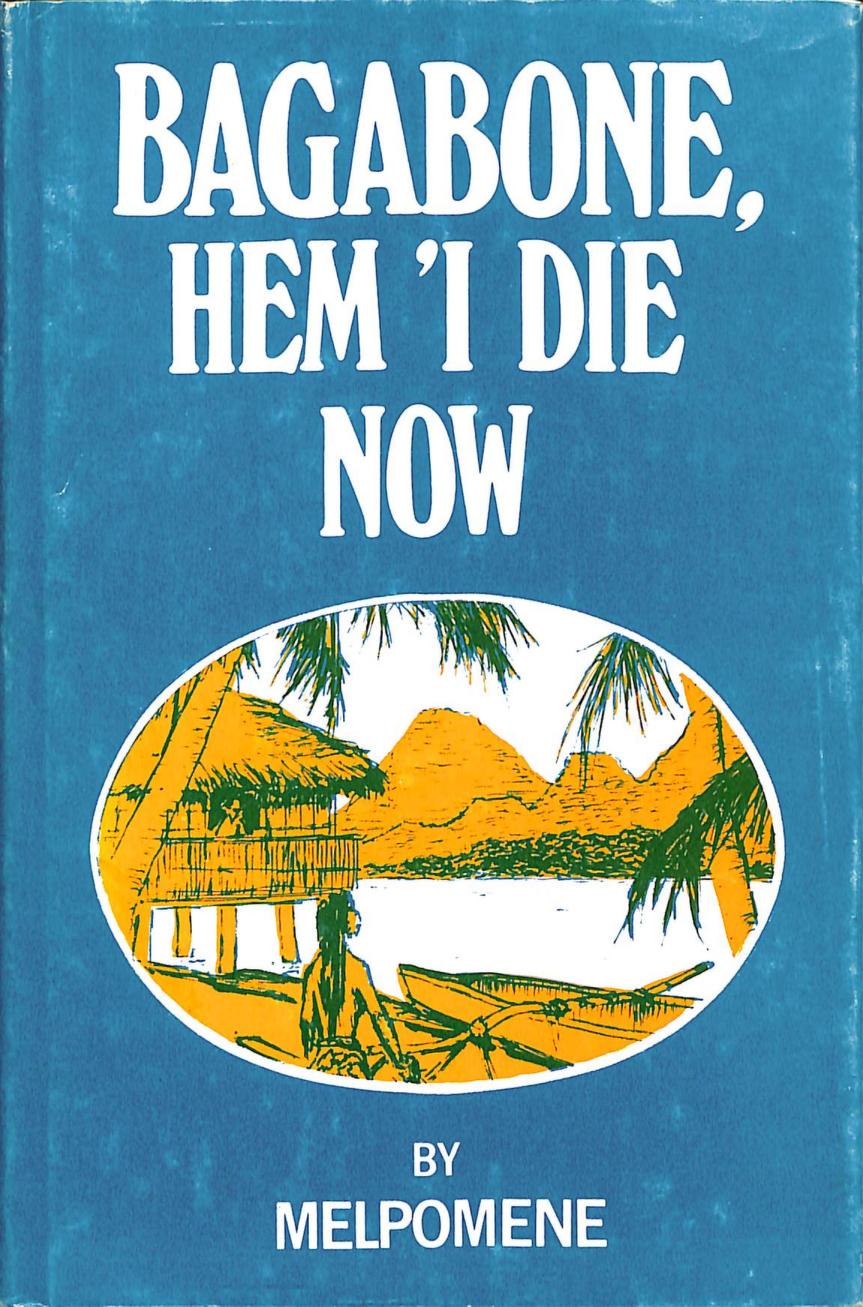Sean Dockray: Performing Algorithms: Automation and Accident (2019)
Filed under thesis | Tags: · algorithm, art, automation, control society, generativity, governmentality, labour, lecture-performance, machine learning, neural networks
“Performing Algorithms: Automation and Accident investigates how artists might stage encounters with the algorithms driving our post-industrial, big-data-based, automatic society. Several important theories of this contemporary condition are discussed, including control societies, post-industrial societies, the automatic society, the cybernetic hypothesis, and algorithmic governmentality. These concepts are interwoven with histories of labour and automation, recent developments in machine learning and neural networks, and my own past work.
Through a series of expanded lecture performances that describe our algorithmic condition while setting it into motion, this research seeks to discover ways in which to advance new critical positions within a totalizing technical apparatus whose very design preempts it. The included creative works have been performed, exhibited, and published between 2014 and 2018. They are made available online through an artificially intelligent chatbot, a frequent figure in the research, which here extends the concerns of that research through to how the work is framed and presented.
The thesis focuses on both generative art and the lecture performance, which converge in performing algorithms but are generally not discussed in connection with one another. They emerged in parallel as artistic methods, however, at a time when management and computation were taking root in the workplace in the 1960s. Furthermore, as the Internet became widespread from the 1990s, generative art and the lecture performance each found renewed prominence.
With human language and gesture increasingly modelling itself on the language of computation and work constantly reshaped by the innovations of capital, this project identifies “not working” both in terms of the technological breakdown and also as a condition of labour under automation. A discussion of the first fatal accident involving a self-driving vehicle illustrates this dual condition. Shifting from glitch art’s preoccupation with provoking errors to a consideration of not working, this research proposes artistic strategies that learn to occupy rather than display the accident.”
PhD dissertation
Publisher Faculty of the Victorian College of the Arts and Melbourne Conservatorium of Music, The University of Melbourne, 2019
146 pages
Melpomene: Bagabone, Hem ‘I Die Now (1980)
Filed under fiction | Tags: · artificial intelligence, generativity, hoax, language, linguistics, literature, text

“Bagabone, Hem ‘I Die Now (1980) is perhaps the first novel that was purportedly written by a computer.
The back flap of the dust jacket states this about the book’s origins: “Can a computer write a novel? To find out, some experts in literature, linguistics, and computers at the Institute of Science and Technology, Jagiellonian University, Krakow, programed a computer, Melpomene, with English verb patterns and semantic (i.e., meaning) units drawn from twentieth-century women writers, as well as D.H. Lawrence, James Joyce, and some ‘angry young men’ of the 1960s. Then they added some patterns and units from Pidgin English and French, and the astounding result is Bagabone, Hem ‘I Die Now. Melpomene, which is the name of the Greek muse of tragedy, picked the title; translated from Pidgin English, it means, ‘Bagabone (a character in the novel) is dying.'”
Following its publication, Computer World published an article (“Publisher Claims Computer Composed Novel”, 25 Aug. 1980, p. 23) effectively defeating the publisher’s claim about the work’s computational origins. In the article, AI experts deem the novel to be human-written, and another source reports that there is no ‘Institute of Science and Technology’ at Jagiellonian University. Moreover, due to its mode of operation, the publisher (Vantage Press) would apparently have been paid to print the book. The copyright holder for Bagabone was a human—an Englishman named G.E. Hughes—who could not be reached by Computer World. (Intriguingly, this copy of the book is inscribed by one ‘Eric Hughes’, though this could be coincidental.)”
Publisher Vantage Press, New York, 1980
ISBN 0533042496, 9780533042494
136 pages
via James Ryan (xfoml)
Commentary: Peter Swirski (2013), James Ryan (2017), Joanna J Bryson (2018).
PDF (40 MB)
Internet Archive
Gene Kogan, Francis Tseng: Machine Learning for Artists (2016–)
Filed under handbook | Tags: · art, artificial intelligence, code, deep learning, generativity, language, machine learning, neural networks, programming, software, style

“This is an in-development book about machine learning. The first draft is expected early-2017. Some chapters are nearly complete, some are very rough, some are just stubs.
Guides and Demos are being released as we go. Guides are a collection of practical resources for working with machine learning software, including code and tutorials. Demos are are a collection of figures and interactive demos for highlighting important concepts in machine learning, and supplementing the book’s materials.”
Chapters (HTML)
Guides (HTML, Python)
Demos (HTML, Javascript)

